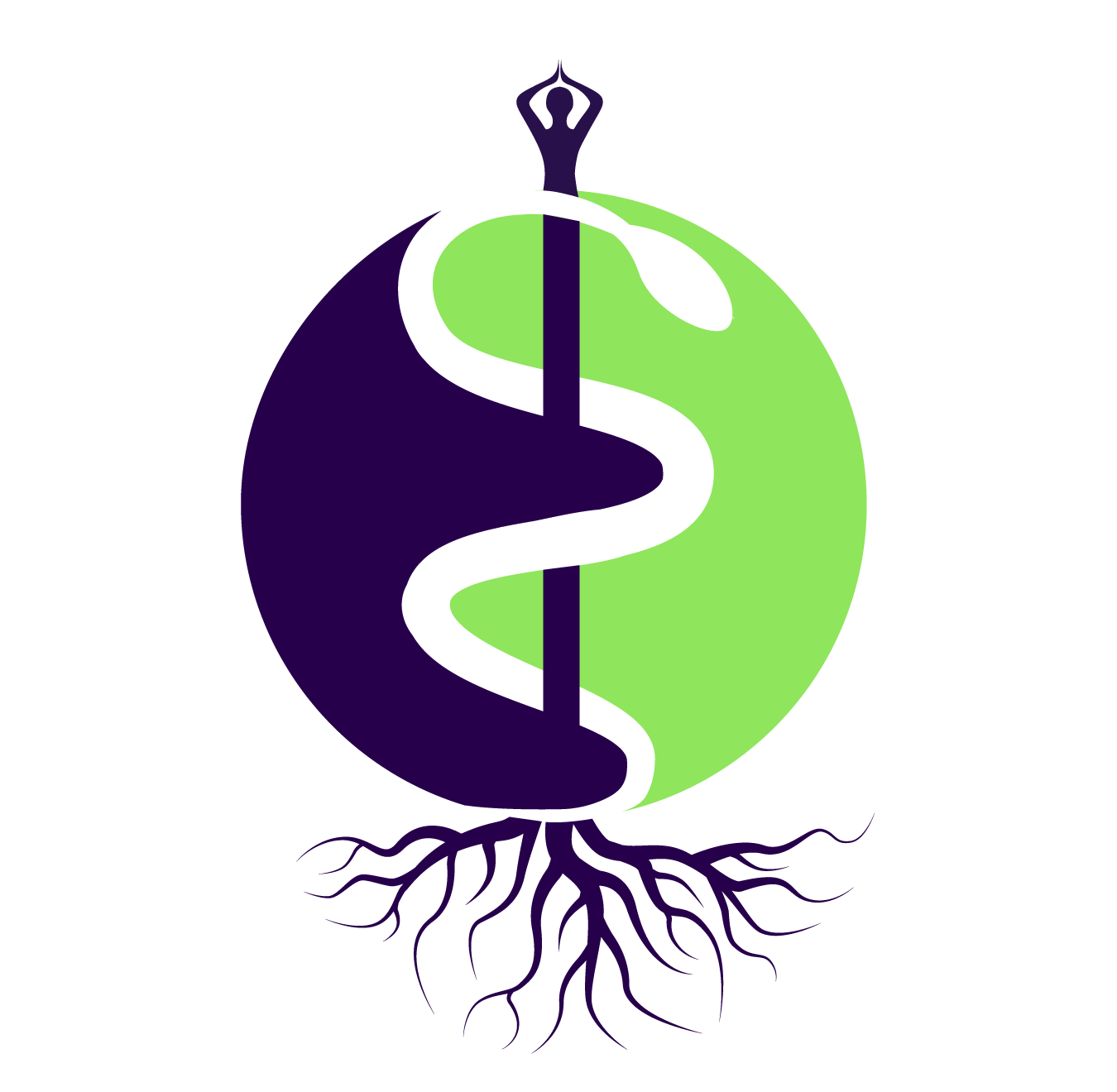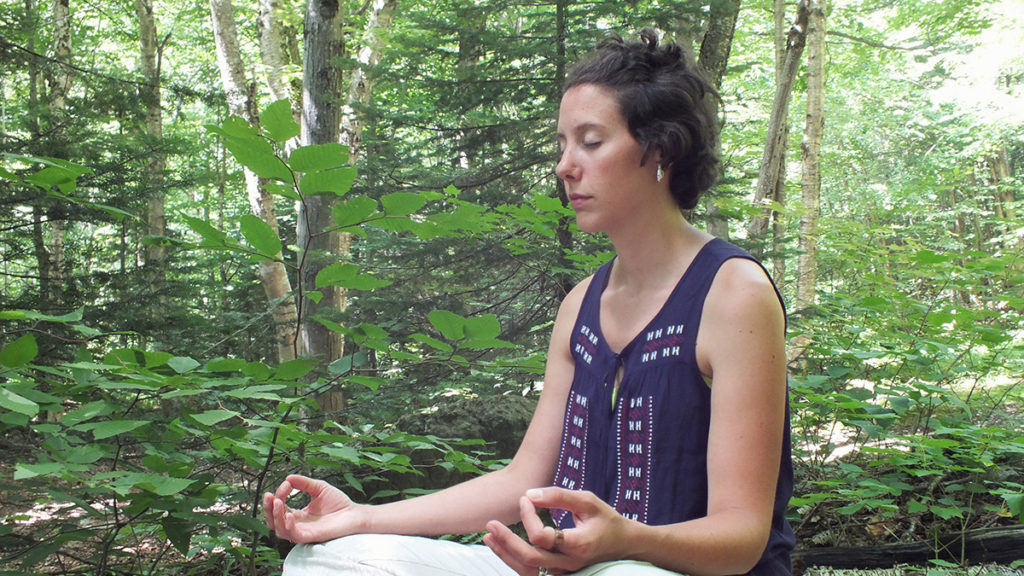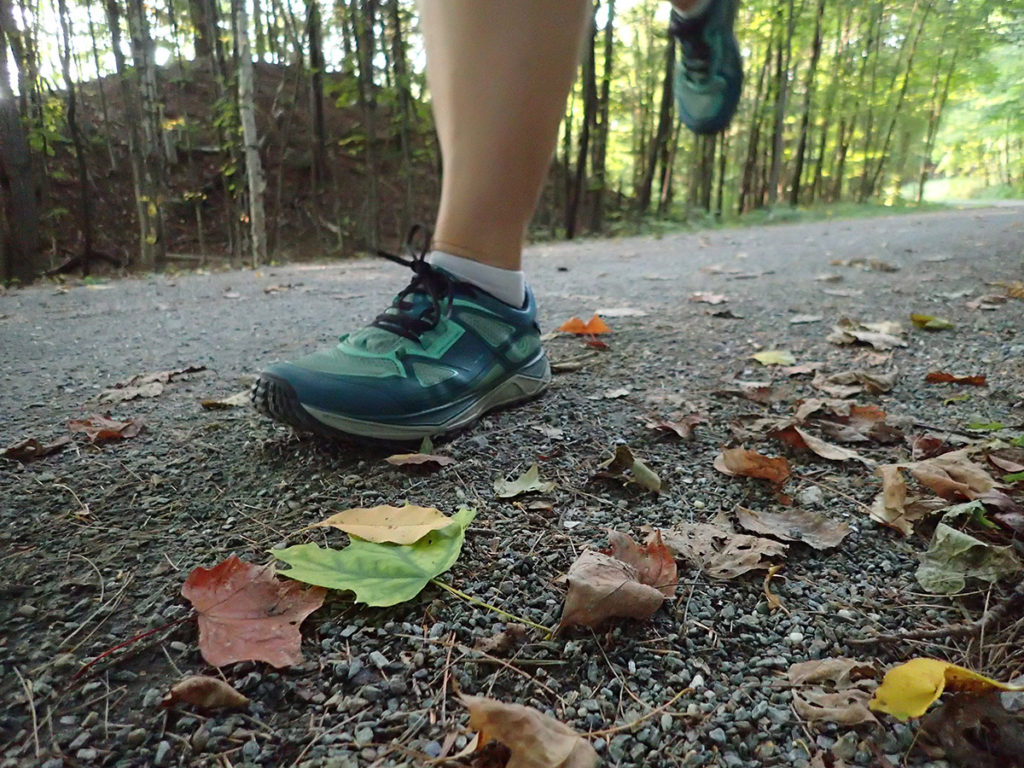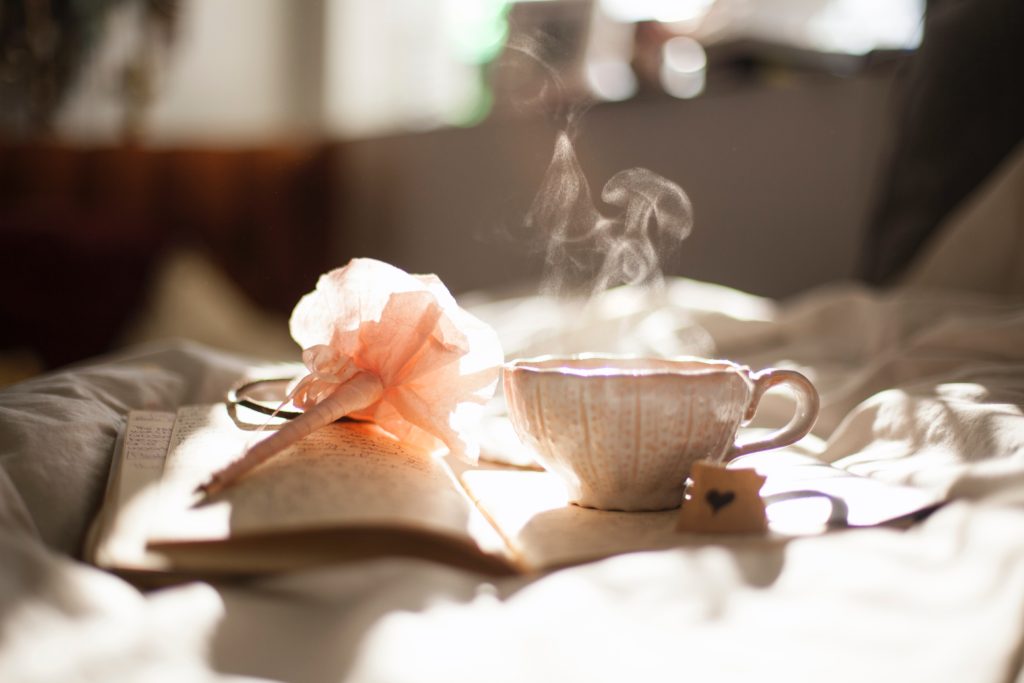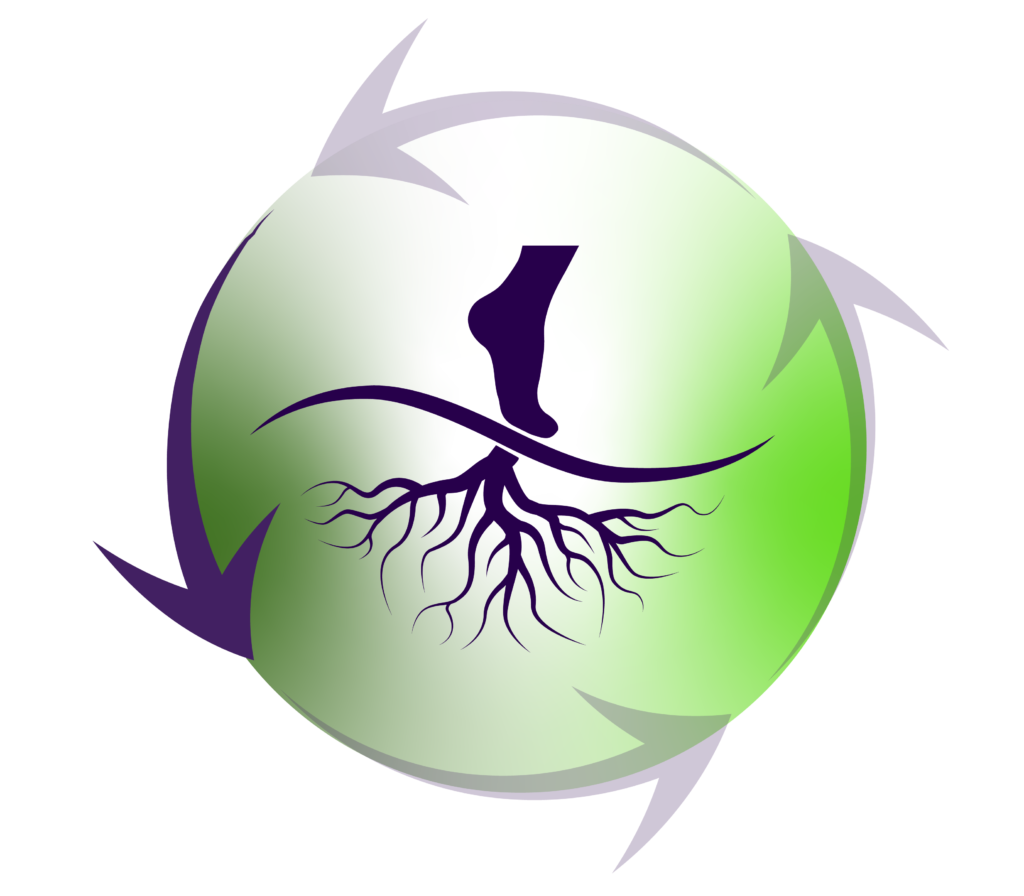Originally published in September, 2017
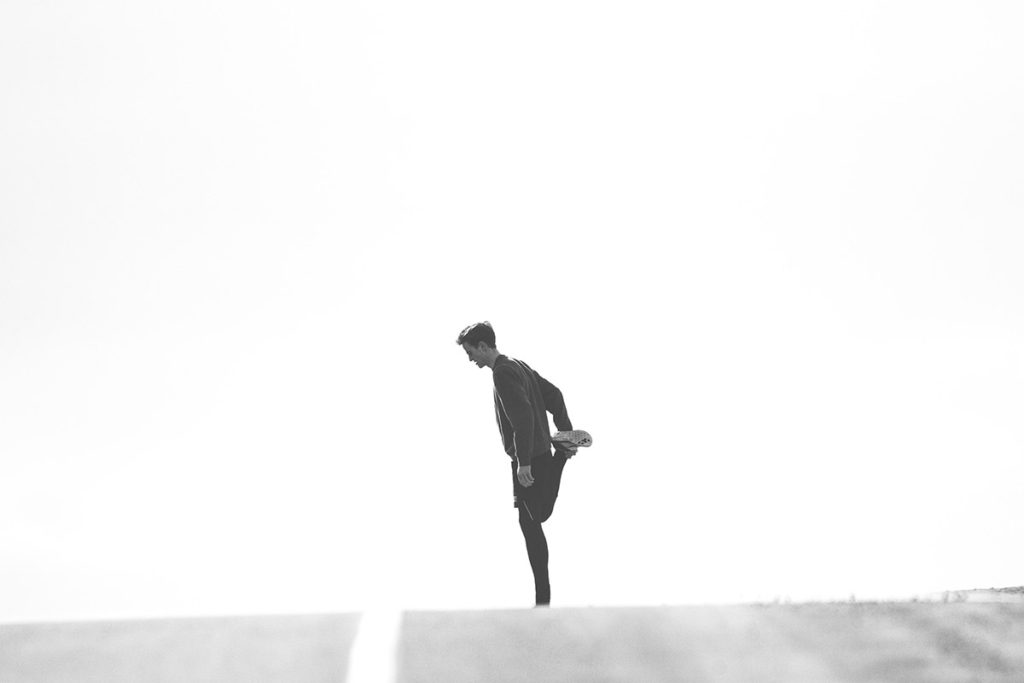
There are many opinions on stretching as some people will say it is bad for you, and then others will say it is good for you. I went to school for exercise science and health and wellness and I had one professor say he thought stretching was not good for the body because he stretched his back once and he pulled a muscle. Then I had two other professors, all in the same program, say that stretching is great for the body. This was over 10 years ago and research has continued to grow with new knowledge of the benefits stretching has. It’s really important to know your body and the limitations it has. This will allow you to stretch properly without hurting yourself.
When I was a new personal trainer shortly after college I had a client come to me that wanted to feel better with hopes of losing weight. Together we worked on this goal. Then she got into a car accident during the time I was her trainer. One of the routines we did was I would assist her in her stretches. When we were done, this seemed to really help open up her back. After the car accident she came to me we would stretch her body along with some other exercises. While doing a back stretch, I let go of her for a second and she took her leg and pulled it into her body so fast she ended up pulling a muscle. She thought it was going to be better if she went deeper into the stretch. This can happen if we are not careful. When the body starts shaking in a stretch that is your nervous system in fight or flight mode. Your nervous system is telling you to relax a bit. It’s during this part that you could pull a muscle. You want to go into the stretch just before you start shaking and eventually you will be able to go deeper into the stretch.
There are a few different types of stretches that are great for your body. One is dynamic stretching. This is great before any workout, or just waking up in the morning. Dynamic stretching is done while moving. This helps increase blood flow and warm up the muscles. Another one is called static stretching. This kind of stretching is great for after a workout, or after you have done some dynamic stretches. Static stretches are the stretches that most people are familiar with. It’s when you hold the stretch in place for about 30 seconds. So what are the benefits of stretching?
• Increased flexibility and range of motion.
• Injury prevention.
• Preventing DOMS.
• Improved posture.
• Improvements in sports performance.
• Stress relief
Below are some great sites to visit if you would like to know more. Please note that these sites will talk about sports or running. These routines are highly used during these activities and that’s why you will see it talked about more. These are also very beneficial for those who do not participate in any of these sports. Your main goal should be to remain healthy and feeling good. I suggest a lot of these stretches to my clients and help them find a good time to use them. If you have any questions, or simply would like to book an appointment, we can get the right treatment plan for you. I Look forward to seeing you!
http://www.sportsinjuryclinic.net/rehabilitation-exercises/stretching-exercises/benefits-of-stretching
Dynamic
https://www.runnersworld.com/dynamic-stretching
http://www.stretching-exercises-guide.com/dynamic-stretching.html
https://greatist.com/fitness/full-body-dynamic-warm-up
Static
http://www.active.com/fitness/articles/12-post-workout-static-stretches
https://www.runnersworld.com/static-stretching
Both
http://running.competitor.com/2014/07/injury-prevention/dynamic-stretching-vs-static-stretching_54248
